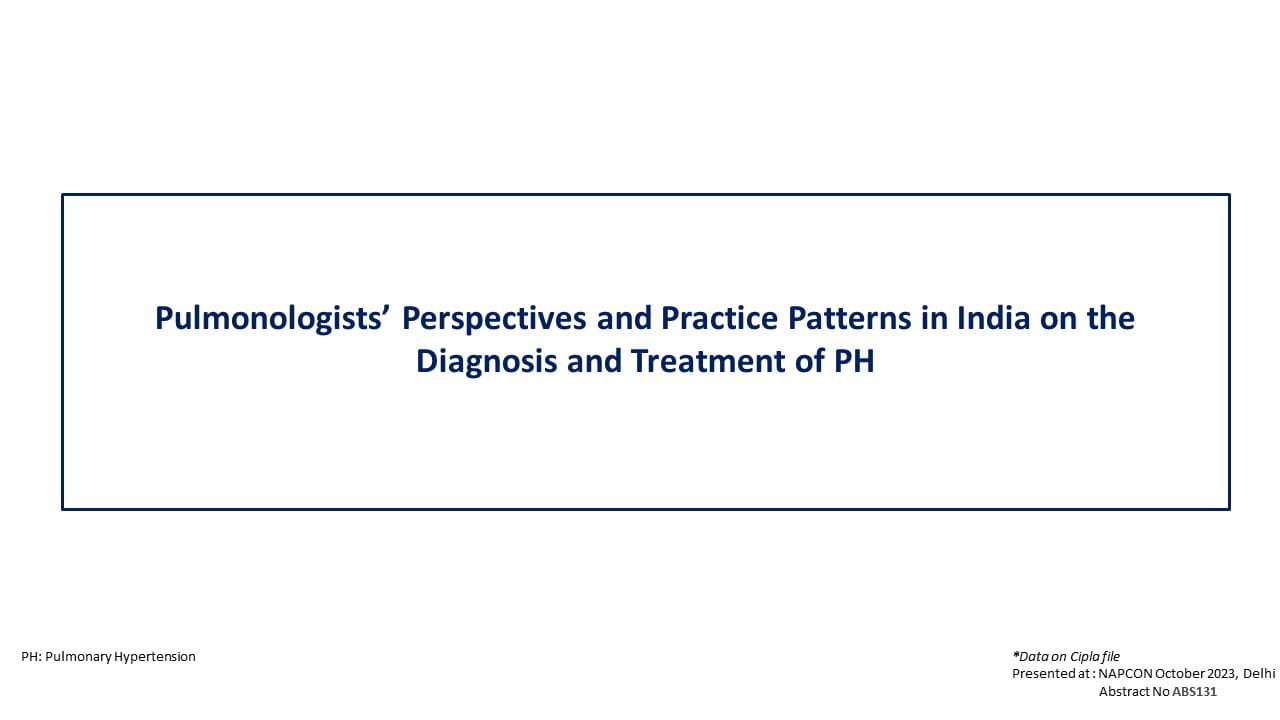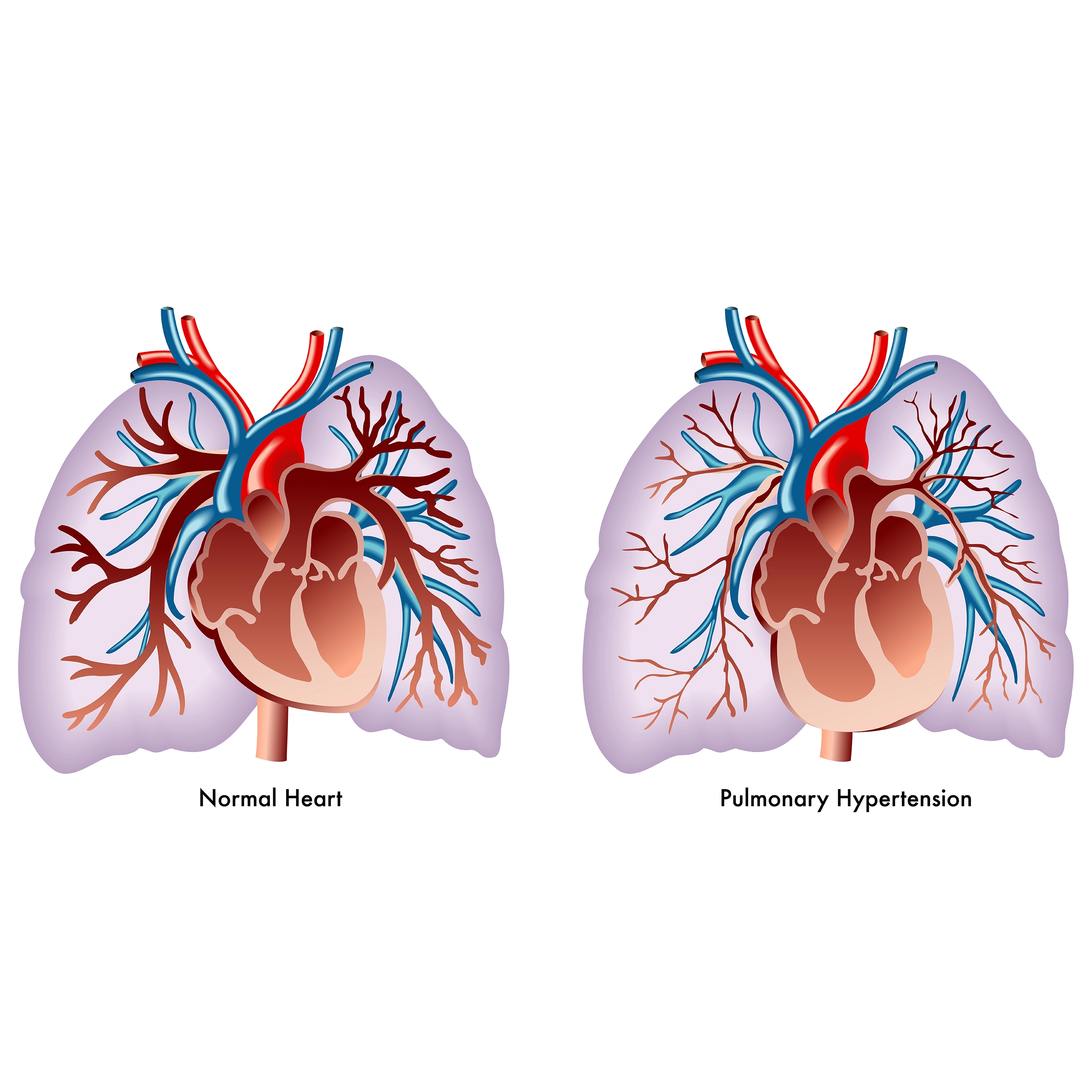Panelist: Dr Jeffrey Geske, Dr Mayooran Namasivayam, Dr Eric Roselli, Dr Alan Zacharias, Dr Rohan Khera and Dr Nicole Karam
Key Highlights
Introduction:
The session was focused on the evolving role of artificial intelligence (AI) in diagnosing and managing valvular heart disease, with its potential in imaging, clinical decision-making, and treatment strategies being emphasised.
-
Emerging Role of AI: AI has significantly enhanced early diagnosis and personalised prognostication of diseases like aortic stenosis (AS). AI algorithms process images to diagnose severe disease and also predict progression in patients with less severe conditions. AI is being explored in clinical decision support to identify at-risk patients, including those who lost to follow-up or undiagnosed with valve disease. It also aids in detecting subtle changes, such as atrial strain or left atrial dimensions, which may be invisible to the naked eye.
-
Practical Integration of AI in Daily Practice: AI tools are being integrated into workflows for routine diagnosis, with devices that automate measurements, simplifying data acquisition for sonographers. This integration allows for earlier detection of critical changes, particularly in patients with mixed valve disease.
-
AI’s In Valvular Imaging and Intervention: AI has guided interventional procedures like transcatheter valve placements, improving diagnostic precision. AI-assisted tools forecast coronary obstructions and enhance hemodynamic profiles for patients undergoing these interventions. Advanced markers such as global longitudinal strain (GLS) and cardiac MRI-derived extracellular volume (ECV) have been identified as key indicators of subclinical myocardial dysfunction and fibrosis.
-
Minimally Invasive Approaches in Valve Surgery: There has been a shift toward minimally invasive procedures, including robotic or small-incision approaches for aortic valve surgeries. However, complex repairs, such as those for bicuspid valve repair associated with aortic root issues, may still require traditional surgical methods.
-
AI in Clinical Decision-making: AI is expected to play a crucial role in tailoring treatment plans by leveraging imaging data, genomic profiles, and longitudinal patient histories. It may aid in determining whether to opt for valve replacement, repair, or a more complex procedure, such as the Ross procedure, particularly in patients with bicuspid aortic valves.
-
AI’s Potential in Aortic Stenosis Treatment: There is optimism about AI’s ability to identify patients with moderate AS, a condition often confused with HFpEF. AI could help in differentiate those who need intervention. Additionally, AI-driven drug development could potentially curb the calcification of aortic valves, reducing the incidence of AS.
-
Valve Selection and Long-Term Planning: Younger patients may still require mechanical valves despite the need for anticoagulation, with newer models like the On-X valve providing more flexible INR goals. Bioprosthetic valves, commonly used for transcatheter aortic valve replacement (TAVR), raise concerns regarding long-term, particularly in young patients. Valve-in-valve strategies are viable but necessitate careful surgical planning to avoid future prosthesis-mismatch.
-
Interventional Evolution and Multidisciplinary Collaboration: Transcatheter therapies have been extensively used for elderly or high-risk patients, contributing to advancements in imaging, surgical planning, and a deeper understanding of the disease. The mitral and tricuspid valve areas remain unmet needs, with ongoing development of transcatheter solutions and increasing reliance on multimodal imaging to guide procedural strategies.
Future outlook:
-
AI is expected to support drug development targeting valve calcification, facilitate the creation of biopolymer valves and assist in haptic-guided interventional navigation systems for more personalised intervention. The integration of AI into clinical practice is anticipated to transform both diagnostic and treatment processes in valvular heart disease.
ACC.25, March 29 - 31, 2025, Chicago




